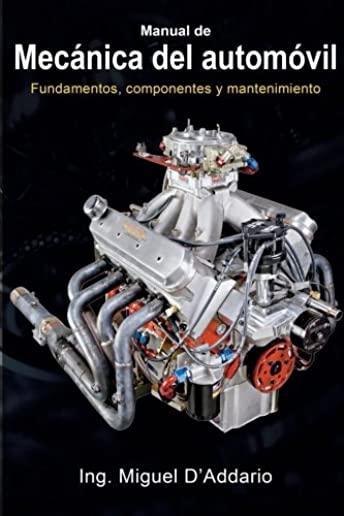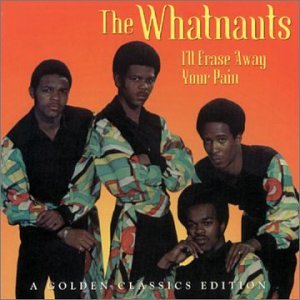
Yamin, Rebecca
product information
description
ed archaeological treasures from its past. Excavations required by the National Historic Preservation Act have recovered pottery shards, pots, plates, coins, bones, and other artifacts relating to early life in the city. This updated edition of Digging in the City of Brotherly Love continues to use archaeology to learn about and understand people from the past. Rebecca Yamin adds three new chapters that showcase several major discoveries from recent finds including unmarked early eighteenth-century burial grounds, one of which associated with the first African Methodist Episcopal (AME) Church, in the oldest part of the city; a nineteenth-century working-class neighborhood built along the path of what is now Route I-95 and was once home to Native American life; and the remains of two taverns found on the site of the current Museum of the American Revolution. Yamin describes the research and state-of-the-art techniques used to study these exciting discoveries. In chronicling the value of looking into a city's past, Digging in the City of Brotherly Love brings to life the people who lived in the early city and the people in the present who study them.
member goods
No member items were found under this heading.
Return Policy
All sales are final
Shipping
No special shipping considerations available.
Shipping fees determined at checkout.







